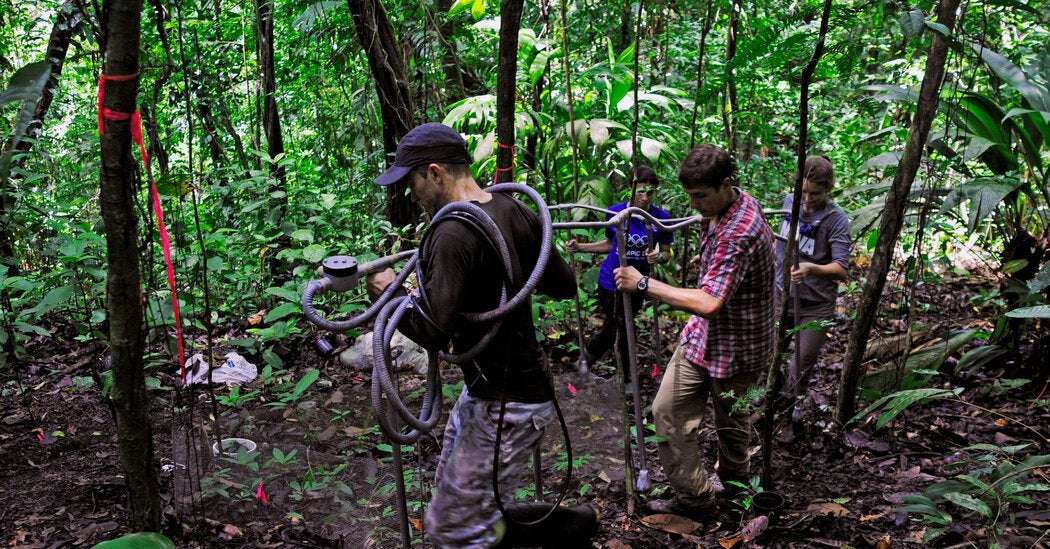The finding “is another example of why we need to worry more” about how fast the globe is warming, said Eric Davidson, an environmental scientist at the University of Maryland College of Environmental Science in Frostburg who was not involved in the research.
Climate and Environment › Keep Up on the Latest Climate News Updated Aug. 13, 2020 Here’s what you need to know about the latest climate change news this week: The Trump administration eliminated a major methane rule, even as leaks are worsening, in a move that amounts to a gift to many oil companies. Climate change leaders said the vice-presidential choice of Kamala Harris signaled that Democrats will have a focus on environmental justice. This year is poised to be one of the hottest ever and millions are already feeling the pain, but the agony of extreme heat is profoundly unequal across the globe.
In an attempt to forecast the future, ecologists began in the early 1990s building apparatuses to artificially heat soils. Such experiments in temperate and boreal forests have shown that carbon-rich soils almost always belch carbon dioxide when warmed. In 2016, a group of researchers estimated that, by 2050, soils could release so much of the planet-warming gas that it would be like adding the carbon emissions of a new country the size of the United States.
But that study left out the perpetually warm, mega-biodiverse tropics, where a third of all soil carbon resides. Figuring out the fate of this carbon would require grappling with the many pitfalls of doing research in the tropics: humidity, storms and a multitude of hungry animals that can take a toll on research equipment — chewing through electrical wires or protective coverings, for example — and on researchers themselves.
For understanding soils’ contributions to climate change, the tropics “is a really important region” that “really hasn’t been studied,” said Margaret Torn, an ecologist at Lawrence Berkeley Lab in California, who was not involved in the study.
In 2014, Dr. Nottingham, then a postdoctoral fellow at the University of Edinburgh, traveled to Barro Colorado Island, a human-created island in the Panama Canal area that’s home to the Smithsonian Tropical Research Institute. He buried electrical wires in five circular plots to a depth of nearly four feet. For protection from the elements and ravenous insects, he shielded the wires inside metal structures shaped like freakishly large spiders. Measurements were logged inside weatherproof boxes.

cramduck on August 13rd, 2020 at 15:05 UTC »
I think maybe "more people should be worried" would be a better conclusion. Those of us who actually care and take action about this kind of thing don't need additional weight on our shoulders.
Lindvaettr on August 13rd, 2020 at 14:45 UTC »
At this point I feel like we need to accept that we're going to have to cure the warming after it's happened, because we're definitely not gonna stop it before it gets bad.
SmartTherewolf on August 13rd, 2020 at 13:01 UTC »
The bigger worry is the methane trapped under the permafrost.